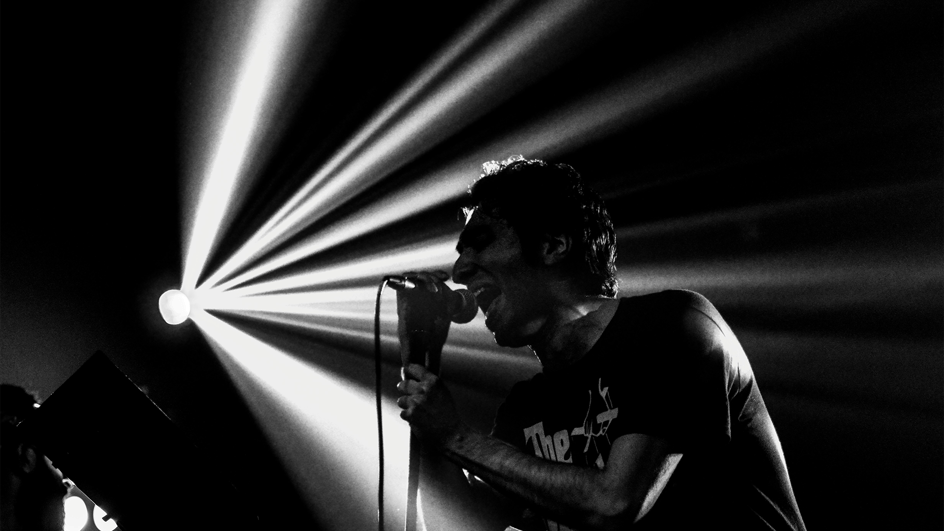A Deeper Look Into YouTube’s Experimental Song Creation Tool ‘Dream Track’
Jourdan Aldredge
Jourdan Aldredge

May 3, 2024
As the world of content creation continues to grow and evolve, so too are the many ways companies and brands are developing ways to help creators on their content journeys.
While there are plenty of resources out there to help video content creators learn the skills they need to master video production and editing, as well as tips and tricks for starting YouTube channels and launching their own brands, there are also many new ways in which technology is helping creators.
As we’ve covered in the past, artificial intelligence (aka AI) is rapidly changing not just content creation but all areas of art, science, technology, and beyond. We’re even seeing more brands begin to experiment with using AI to create music for videos, which is what YouTube is attempting to do with its new ‘Dream Track’ feature.
Let’s look at YouTube's experimental new song creation tool, designed for YouTube Shorts. We'll explore how it works and why you should pay attention to it as it develops.
While YouTube is not broadcast and marketed across many mainstream channels, the popular online video-sharing and social media platform owned by Google has been slowly rolling out plenty of new and experimental tools and features over the years.
Some stay and are put on the leading site for everyone to use, while others don’t always hit and fade away from the platform altogether.
Only time will tell what ultimately happens to Dream Track for shorts. Still, it’s an experimental new song creation tool that promises to allow creators to create unique 30-second soundtracks with the voices of participating artists in YouTube’s program.
What’s perhaps most fascinating about YouTube’s Dream Track tool is its promised ability to imitate the voices of famous artists. Names like Demi Lovato and John Legend have been shared in the past, as well as other artists, including Charli XCX, Troye Sivan, T-Pain, and Sia, who have all reportedly signed up to allow YouTube’s software to clone their voices.
However, despite its tremendous potential, many are raising concerns about these AI-powered tools and features and what they could mean for the future of content creation in general. Some concerns are simply about how these videos could lead to misuse by creators looking to trick viewers into thinking that these celebrities are endorsing different products or services or, even worse, illegal activities.
There are also concerns about what types of rights these artists are signing away and whether they’re fully aware of the floodgates that might be opened by these AI music production tools for content creators to use however they want. Furthermore, there are concerns about how YouTube plans to potentially let (or not let) viewers know when they’re viewing videos created with AI or Dream Track versus when they’re watching content created without AI.
As part of a partnership between Google’s DeepMind (an AI research subsidiary of Google) and YouTube’s researchers, Dream Track is a program that is working with its music industry partners to find new ways for creators on YouTube Shorts to create and engage with artists.
While touted as a way to create 30-second soundtracks for YouTube Shorts, we haven’t seen many examples of this tool in action just yet. It is available to a limited set of creators within YouTube’s program.
YouTube has shared that they plan to incorporate feedback from this experiment into future product opportunities that would serve both artists and creators. Currently, global audiences can use these soundtracks as-is to remix them into their own Shorts but can’t create their own “dream tracks” as of yet.
Ultimately, while these new tools and features are worth keeping your eyes on, they’re also raising many concerns from within the content creator communities and with those following AI in general.
Music, in particular, has been a hot topic for the advancements of AI and how there might be new avenues for content creators to leverage AI-generated soundtracks into their videos.
However, as we’ve seen so far, similar to AI-generated video and other media, the music that AI is generating is still not often of the quality that is better or more cost-efficient to work with than music recorded by seasoned musicians—like the royalty free music found on Soundstripe, for example.
Still, YouTube’s Dream Track for Shorts is worth tracking, and we’re excited to see what comes next for any AI music production tools aimed at making content creation more accessible, faster, and more innovative.